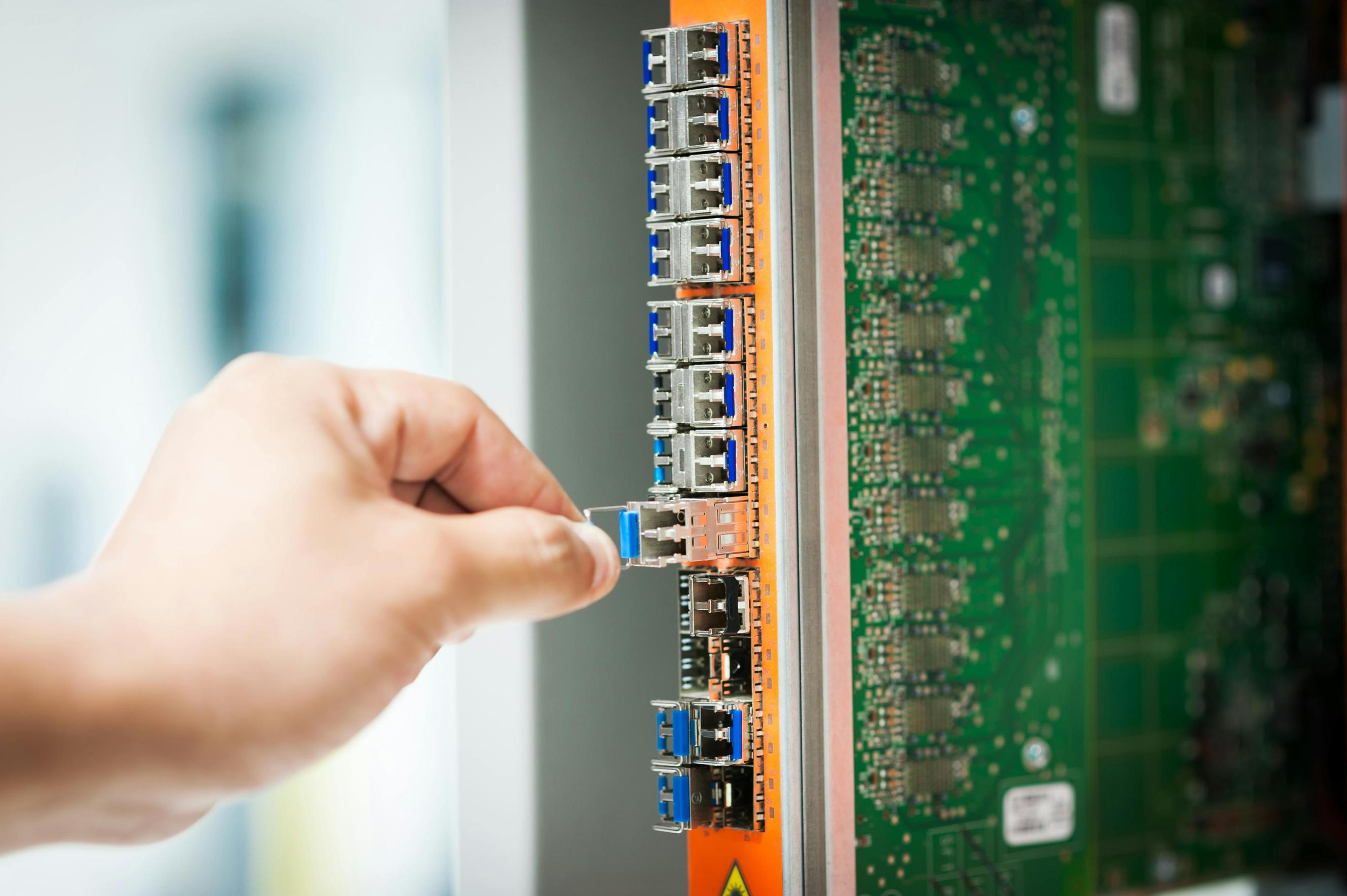How to Configure Cisco Switch
Introduction
Configuring a Cisco switch is crucial for ensuring a reliable and efficient network. This comprehensive guide will walk you through the essential steps to configure a Cisco switch, from basic setup to advanced options. Whether you're a network administrator or an IT professional, mastering the configuration of Cisco switches can enhance your network's performance and security.

Understanding Cisco Switches and Their Importance
Cisco switches play a vital role in network environments by connecting multiple devices and managing data flow efficiently. These switches can segment networks into smaller, manageable sections, reducing traffic congestion and improving overall performance. Cisco switches are renowned for their robustness, scalability, and advanced features, making them a go-to choice for both small businesses and large enterprises.
Grasping the functionality and importance of Cisco switches is the first step towards effective network management. With proper configuration, these switches can provide enhanced security, better control over network traffic, and improved reliability.
Pre-Configuration Checklist
Before diving into the configuration, ensure that you have: 1. Network diagram and switch model information. 2. Console cable and terminal emulator software. 3. Access to the switch's user credentials. 4. Backup of the current switch configuration. 5. IP address scheme for your network.
Having these items ready will streamline your configuration process, reducing the risk of errors and minimizing downtime.
Basic Cisco Switch Configuration
Let's start with the basic configuration of a Cisco switch. Follow these steps:
1. Access the Console: Connect your computer to the switch using a console cable and terminal emulator software (like PuTTY).
2. Login: Enter your credentials to log into the switch.
3. Enter Global Configuration Mode: Type enable to enter privileged EXEC mode, then configure terminal to enter global configuration mode.
4. Set Hostname: Assign a descriptive name using the command hostname [YourSwitchName].
5. Set Passwords: Secure the switch by setting passwords:
- Console password: line console 0, then password [YourPassword], followed by login.
- Enable password: enable secret [YourPassword].
Having completed the switch configuration basics, you have laid the groundwork for more complex setups. Next, we'll delve into VLAN setup and configuration.
VLAN Setup and Configuration
Virtual LANs (VLANs) enhance network efficiency by segregating large networks into manageable segments. Here's how to configure a VLAN on your Cisco switch:
1. Enter VLAN Configuration Mode: In global configuration mode, type vlan [VLAN_ID].
2. Name the VLAN: Use the command name [VLAN_NAME].
3. Assign Ports to VLAN: Exit VLAN configuration mode by typing exit. Then, select the interface with interface [interface_id] and assign it to the VLAN with switchport access vlan [VLAN_ID].
Configuring VLANs enables better network management and security by isolating sensitive parts of the network. Now, let's proceed to connecting the Cisco switch to a router.
Connecting Cisco Switch to a Router
Connecting your Cisco switch to a router extends your network capabilities. Follow these steps:
1. Connect Physical Cable: Use an Ethernet cable to connect the switch's Gigabit Ethernet port to the router.
2. Configure Interface: On the switch, enter the interface configuration mode with interface gigabitethernet0/1 (replace as necessary). Then, assign an IP address with ip address [IP_ADDRESS] [SUBNET_MASK].
3. Enable Interface: Turn on the interface using no shutdown.
Connecting the switch to a router bridges internal and external networks, facilitating data flow. Next, let's explore some advanced configuration options that empower network customization and security.
Advanced Configuration Options
For advanced users, there are several powerful features to configure:
1. Spanning Tree Protocol (STP): Prevent network loops by configuring STP with spanning-tree mode [pvst].
2. Port Security: Restrict port access with switchport port-security and set limits with switchport port-security maximum [number].
3. Quality of Service (QoS): Manage traffic priorities using mls qos commands.
These advanced options help optimize network performance and security according to your needs. In case you run into issues, the next section covers common troubleshooting steps to keep your network running smoothly.

Troubleshooting Common Issues
Even with meticulous setup, issues can arise. Here are a few common problems and their solutions: 1. No Connectivity: Verify cable connections and IP configurations. 2. Port Security Issues: Check port security settings and ensure devices comply. 3. VLAN Problems: Confirm VLAN assignments and ensure proper tagging.
Regular monitoring and periodic reviews of configurations can also preemptively address potential issues. By staying proactive, you can mitigate unexpected network troubles.

Conclusion
Properly configuring a Cisco switch can significantly enhance network performance, security, and reliability. By following this guide, you can manage basic and advanced configurations, connect your switch to a router, and troubleshoot common issues effectively. Keep your network running smoothly and securely by staying informed and up-to-date on best practices for Cisco switch configuration.
Frequently Asked Questions
What are the basic steps to configure a Cisco switch?
The basic steps include accessing the console, logging in, entering global configuration mode, setting a hostname and passwords, and saving the configuration.
How do I connect a Cisco switch to a router?
Connect an Ethernet cable from the switch to the router, configure the switch interface with the appropriate IP address and subnet mask, and enable the interface.
What are the common issues faced during Cisco switch configuration?
Common issues include connectivity problems, port security conflicts, and VLAN misconfigurations. Ensure cables and configurations are correct to mitigate these problems.



